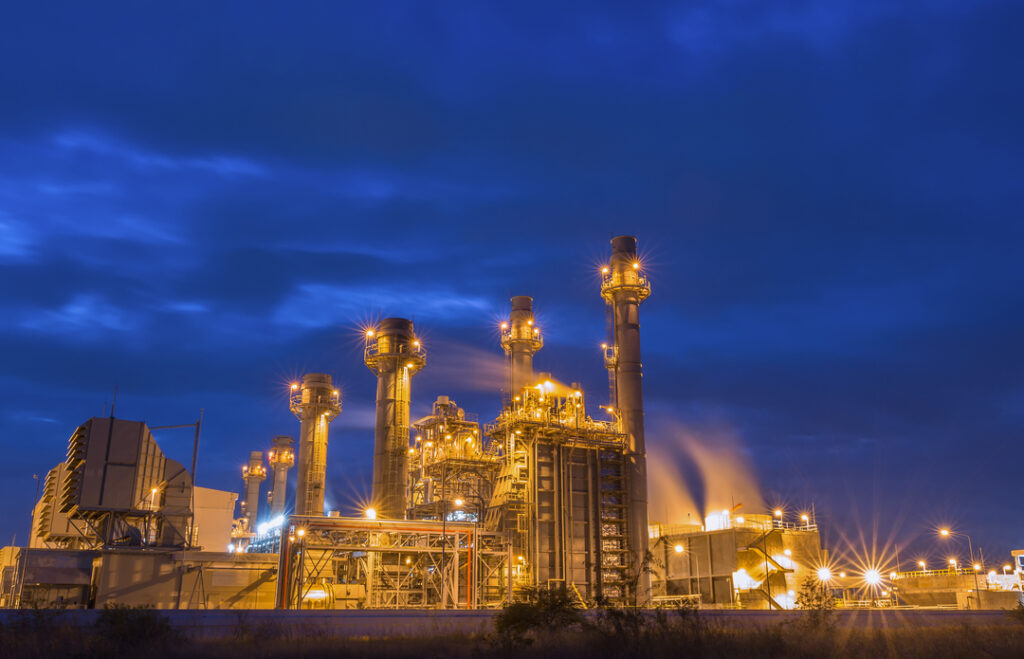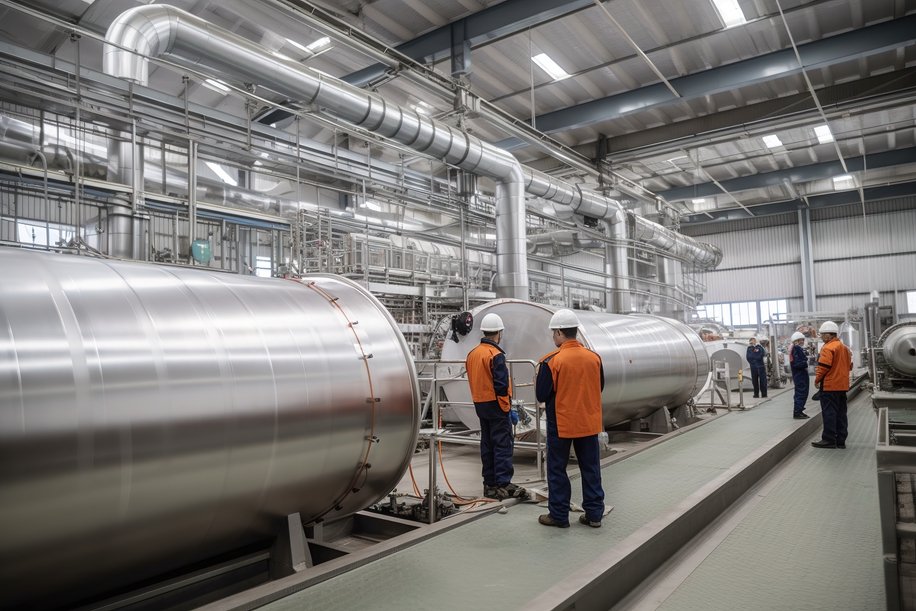Key factors when planning a factory extension
Customer demand can peak and trough, but if demand for your products is constantly rising, it could be time to expand.
However, upsizing a factory is not straightforward. There are multiple components to think about before you begin to extend, and you might even find that relocation is a more viable option (although this is likely to be just as complex). On the other hand, an extension may not be necessary at all – perhaps a redesign can help you better optimise your existing space.
Before you rush into the mammoth task (and cost) of extending your factory, here’s what you need to consider.
What is the reason for your factory extension?
Your business has determined the need for additional space, but why? Consider the reasons for your extension and the purpose of your new space to create a clear outline of what is necessary for the facility to function efficiently.
Extending the production line
Even efficient systems have a tipping point, and an increased product output usually requires more space to house additional plant machinery. Perhaps you are diversifying your product range and require additional production lines to facilitate this.
Increasing your storage capacity
An increase in production often means more raw materials, equipment, machinery and vehicles, which all require storage space. You might even need additional space to store your finished products before shipping.
Creating offices, breakout spaces or restrooms
Growth often creates jobs, which means more space requirements for your personnel.
If your long-term growth plans encompass all three of the above, it could be beneficial to create all the additional space in one go to avoid further disruption later down the line.

Does your factory extension require planning permission?
In the UK, most factory extensions are classed as ‘industrial’ and accepted under permitted development, which negates planning permission requirements. However, as is typical with construction, there are some rules:
• The extension cannot exceed 5m in height where it sits within 10m of the existing facility boundary
• Overall, the extension cannot exceed the height of your existing building
If your extension falls outside the rules for permitted development, you’ll need to submit a full planning application. Any failure to seek the correct permission from your local authority may lead to headaches later.
Reasons you may require a complete planning application include:
• Your extension exceeds the guidelines around the size of the build
• Your premises are a listed building
• Extending the building will change its use classification
• The build takes your facility to within 5m of its current boundaries
Ultimately, any changes to the facility must not result in altering its use class. You can read more about the current regulations at the UK planning portal here.
Even when planning permission isn’t compulsory, this doesn’t negate the need to have an expert designer involved in the process – and the earlier, the better.
If your expansion involves new mechanical and electrical installations and all associated technology needed to operate it – computer systems, robotics, and AI – you may need a team of designers and engineers.

What utilities will your factory extension require?
Chances are, your extension is going to require lighting and power. But before you add to your existing footprint, you should review the state of the facility’s current electrical infrastructure to ensure the power is working safely and efficiently.
Arrange for a certified electrical contractor to assess the current system – particularly if your facility is old. You might find you need to change the current infrastructure before installing anything new. It could also be the perfect time to upgrade the lighting and installations across your entire plant to improve safety and efficiency.
Bear in mind any installation work may cause factory downtime, so you’ll need to plan well ahead to minimise disruption.

How much will your factory extension cost?
An extension will involve significant cost, but if you’re expanding to increase production output, you should expect a return on investment.
If you plan on borrowing from a commercial lender, the last thing you want is to over-stretch yourself financially and find the business cannot complete the extension.
Start by performing a highly-detailed cost analysis and consider:
• The cost to extend the facility – building and construction
• The ongoing costs to operate the extension – utilities
• The additional fixtures required – equipment, shelving, furnishings
With all the figures at the ready, you can forecast when the investment will start to pay you back, helping you decide whether or not to proceed.
Getting started
If you’re considering an extension to your current facility, it pays to get expert advice. The team at AES have a range of specialist services specifically designed for manufacturers.
We can help you assess your current electrical installations and machinery to determine whether there are alternatives to extending.
If an extension is the best option, we can assist with the planning and design of your production plant and manage all the electrical installations to ensure your factory is safe at every stage.
We are also one of only a small number of electrical contracting businesses qualified to work in ATEX environments under CompEx accreditation. We provide a professional service with a full audit trail to ensure that the correct precautions are followed according to health and safety guidelines and regulations.
For more information on how we can support your factory growth, contact our friendly team.

Our guide to building energy management systems
Building energy management systems (BEMS) are systems that allow you to monitor, control, and optimise the energy used within your building. The phrase building energy management system (BEMS) is often used interchangeably with the phrase building management system (BMS), but there are some differences. A BEMS is focused on energy-related systems such as lighting, heating, […]
Read more
How far does power travel and what impact does distance have on performance
It’s easy to take our electricity supply for granted. We flick a switch and instantly have light or power. We don’t even think about it unless there’s an issue or an outage. But when there is an issue or outage, the impact can be significant. For manufacturers, even the smallest change in power can make […]
Read more
Why visibility of the production process is so important
Operational excellence, efficiency and quality are top priorities for almost every manufacturer worldwide. These things lead to improved productivity, happier customers and reduced waste – all of which result in increased profits. Visibility of the production process is the key to achieving these things. And manufacturers now have access to technology that can provide real-time […]
Read more
Will security lighting help to protect my staff?
Looking after the safety and well-being of employees should be a priority for any business. And while it’s not possible to mitigate every risk, there are measures you can take to improve their safety and security. One measure that is often overlooked is the installation of security lighting. When daylight disappears, visibility is reduced, increasing […]
Read more
Top 5 considerations when comparing electrical quotes
Budget is always a factor when you’re considering any type of upgrade, revamp, or maintenance work within your factory. But when it comes to electrical work, you have to consider more than just money. Don’t rush into accepting the cheapest electrical quotes without knowing exactly what you’re getting. Electrical work is not an area where […]
Read more
What is the role of companies in reducing our carbon footprint?
We should all be taking responsibility for protecting our planet and a big part of that is reducing our carbon footprint. But while it falls to all of us to do our bit, there is additional pressure on manufacturers, especially those with high carbon emissions. As an absolute minimum, these companies should ensure compliance with […]
Read more

